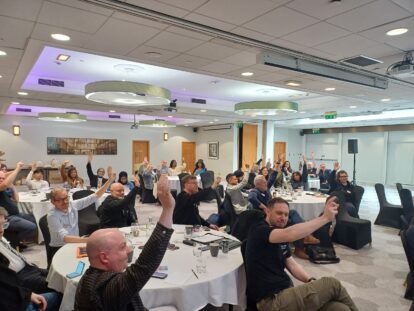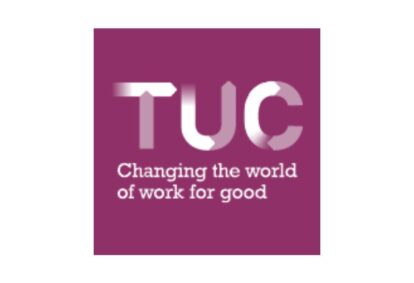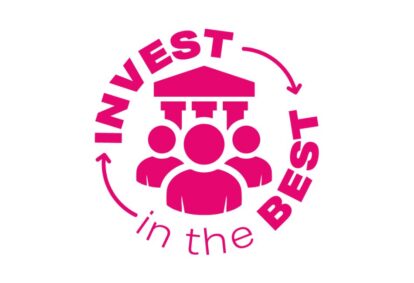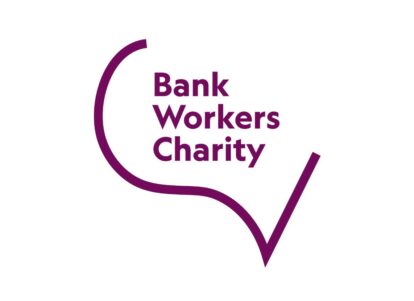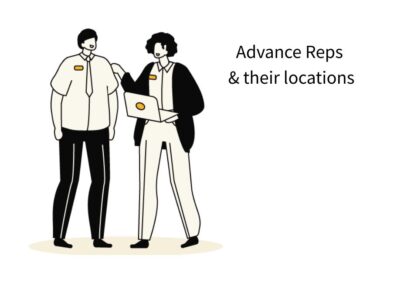
We sit down with Jim Leonard and talk about his first year as General Secretary.
It’s been a little over a year since you were elected as Advance General Secretary. What surprised you the most about the role once you took it on?
Having been involved with the union on a full-time basis for some 16 years before becoming GS I was very aware of the core activities that we need to deliver on personally to give a great member experience. The thing that has surprised me the most is the infrastructure needed to manage the thing you don’t think about. The company that collects the payments, the management of the IT systems, even things as simple as tracking the annual leave for the team it’s a lot more involved than I imagined. Even things like having to change our server to accommodate the resources needed for more graphical communications, since we have moved to a more professional communication approach.
What has been your biggest challenge so far?
I think the biggest challenge remains a present challenge. When I was elected as GS it was very clear that we needed to look at the operating model for the whole Union. We have pivoted from a traditional servicing model to an organising model. This is a journey we are on, but I was delighted to be able to share, at the Conference, details of the new facilities agreement I have recently negotiated with the bank. For members, this will mean local reps being able to be far more visible and active in their sites, not least because of the branded clothing but because of the time they will now get to deliver for members on their sites. Change like this doesn’t happen overnight, and the planning it’s taken together with aligning all the moving parts has been hard work, but now we are seeing that hard work come to fruition with the appointment of case worker and organising reps, the development of a new training program and the significant expansion of our rep base.
……and your greatest achievement during your first year?
While it already feels like a long time ago, I would say that the pay deal we negotiated for members was a really good piece of work. We had a very clear mandate from members at all S bands, and I feel we were able to negotiate a deal that meant really meaningful pay awards for all eligible members. In addition to the pay increase, we were able to agree on the provision of PMI to our S1 and S2 members. This is something that as a Union, we have been championing for some time, so I was delighted to be able to finally get that over the line. The other thing that was massive for AU in this round of pay talks was the first year we have balloted members on the deal. This was a key foundation of my election campaign and it was good to be able to deliver against that commitment so soon in to my tenure. This is your union, our union and empowering members and giving them their say through things like the pay and Conference shows how we are moving to a member-driven union.
How do you think the union has changed under your leadership?
I think there have been some fairly significant changes in the first 12 months. We have restructured the NEC to have a more geographical split, moving away from a business alignment to future-proof our structure against any changes the bank chooses to make to their setup. In addition to that, we have created 3 new national roles on the NEC to give renewed focus to younger workers, senior leaders and the equality agenda, including sending a delegate to the TUC LGBTQ+ conference.
In addition, we are launching the new operating model, giving reps a clear pathway through their union careers, meaning that activists now have the time to really focus on specific elements, for example, playing a greater role in the delivery of a recruitment strategy, or developing the skills to individually represent members. All reps will go through initial training with the new program being launched later in the year.
We have also grown our rep base as well, going from 49 to 68. What is also pleasing in this space is that we now have representatives at every S band.
I have spoken a little already about empowering members and giving them new channels to help shape the Union’s agenda, which we have done through the governance model we have moved to, becoming a bottom-up union rather than a top down. By doing this, we are now more than ever our members’ informed voice at work.
We have had to play catch-up in some areas and have invested in our IT platforms, including the launch of the new E-Mag, but also in bringing some professional talent into the union in this space, and based on the feedback we are getting, members are feeling the change.
How do you stay connected with the day-to-day experiences of your members?
My background was working in the bank, and so I know what it’s like, but also my wife is a CSA in our local branch, so I am very aware of the challenges and concerns our members face every day. I still speak to many members each day and listen to feedback from all representatives.
What do you feel are the underlying reasons members join Advance?
I believe members for a number or key reasons
- Security: They seek an expert safety net. In an environment of constant change, they want professional support ready for issues like redundancy or have concerns in a work situation.
- Fairness: They want to ensure equitable treatment and reward. They know a collective body is more effective at securing fair pay,, and maintaining good working conditions for everyone.
- A Collective Voice: They want to be heard. Advance Union provides a formal and respected channel to influence company decisions and ensure employee perspectives are seriously considered by management.
However the main reason people don’t join unions has been unchanged for many years. They simply haven’t been asked. This is why the campaign 2 for 2 for £20 is so important. Find out more here.
It’s been a challenging time for the bank in the first six months, announcing branch closures. How closely was Advance Union involved in the negotiations?
It has, without doubt, been a challenging time, not just in the branch network. It’s fair to say that all areas of the bank have felt the impact of the ongoing cost challenges. With the branch closures in particular, AU was of course involved in the consultation process, but the real work came after that, supporting individual members with the concerns and questions they had, but also we set up and managing the redundancy swap register. While we weren’t able to help everybody who got in touch, we were able to align some positive outcomes for union members.
All change programmes are challenging right now, the opportunity for redeployment is more difficult than in previous years, and with the use of PILON means some members have very little time to find redeployment or even look for external opportunities.
Our focus will always be on member experience and how we can try to make a very difficult time a little easier. This was a clear message that came out of our conference with a number of motions giving us some actions to talk to the bank about, and members will see more details of the motions and outputs as time goes on.
What motivates you personally in this role?
The thing that motivates me most is making sure all members have somewhere to go for advice and support. I think about how everything we do impacts not just our members, but the families that rely on them as well. As a union we can make things better for both individuals and the collective, and that collective can sometimes extend beyond Santander and into the wider community through groups like Aliiance4Finace and the TUC.
What are the union’s top priorities over the coming year?
I would say there would be four top priorities:
Firstly, the delivery of our in-house training program for representatives. This will deliver on some of the election commitments about being professional and consistent in how we service members.
Following on from that, the top priority is to hit our membership density goals. This is critical for us going forward and something every official, rep and member needs to lean into.
We are in the process of appointing a recruitment and retention officer, whose primary focus will be increasing density, but our NEC will need to drive recruitment in their own sites and locations.
Finally, I would say that following the motions that were passed at conference, it’s important that we start to action the resolutions. Only by doing this will members see the real value on engaging in the process, and lead to more motions being submitted next time around.
How do you balance being a visible leader with the collaborative nature of trade unionism?
In all honesty, I think there is more I can do in this space. I am keen to visit all head office sites over the next 6-9 months along with a number of branches, and engage more in the digital space as well with webinars as well as some of the more traditional ways to communicate with members.
What are your thoughts on the future of Santander, given that they are in the process of purchasing TSB?
We can’t ignore the acquisition of TSB, but at the time of writing, it’s simply too early to have a view on what this will mean for members. What I would remind people of is the rumours at the start of the year about Santander exiting the UK market, and the TSB deal speaks volumes about the bank’s commitment to growing in the UK market. That is ultimately good news for members. We will continue to work with the bank and update members across our normal channels.



